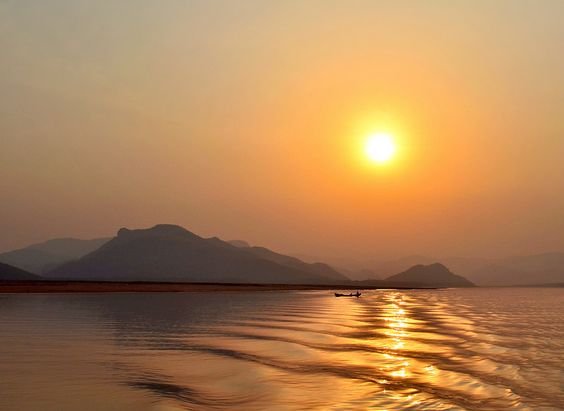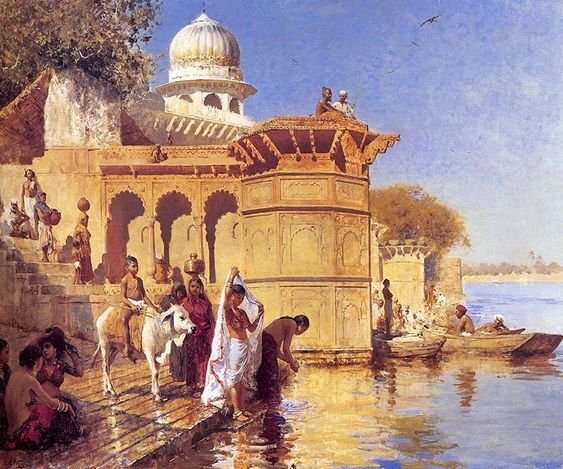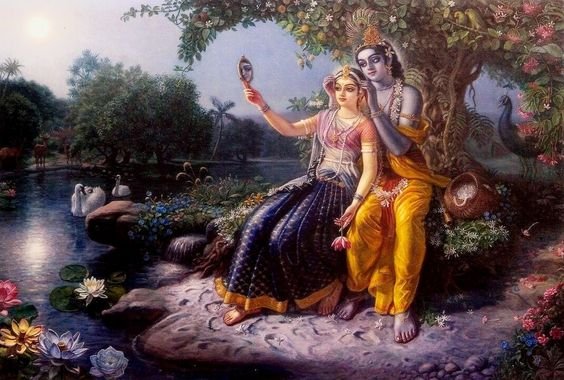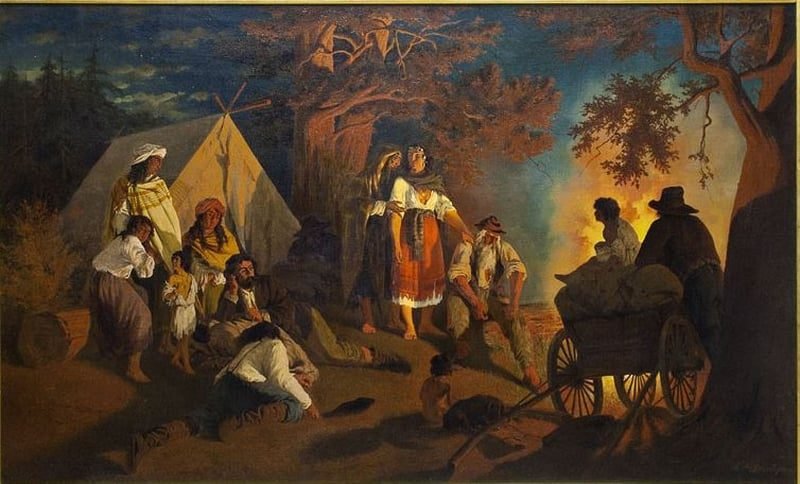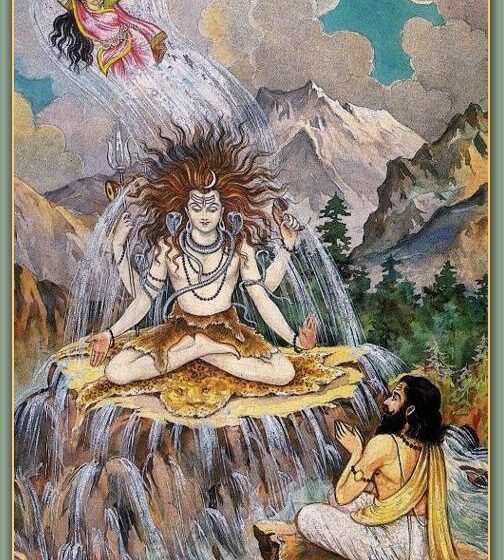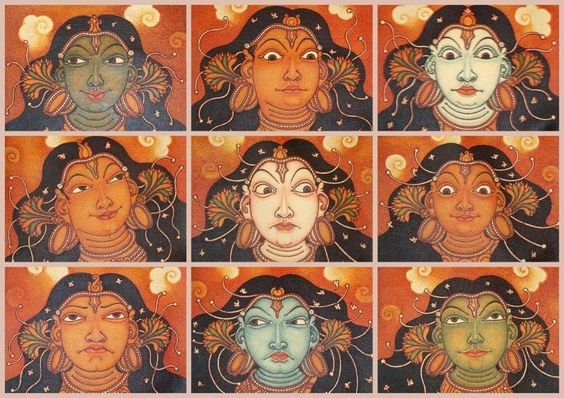Narmada River is termed the “Lifeline of Madhya Pradesh.” It is very significant culturally, historically, and even spiritually for Indians. The river passes through the heart of the country and symbolizes than a geographical feature: it symbolizes a river people love and about which myths and legends are woven, religious rituals have been based, and […]Read More
The Origins of Human Language: How We Learned to Speak
We use words every day, without giving them much thought. Language, in all its various forms, is certainly one of humanity’s most outstanding creations, yet. So how did we end up with thousands of languages spread all around the world: each representing a distinct set of sounds and meanings? So let’s trace the story of […]Read More
The Indus River is of monumental historical importance because it is the bloodstream of one of the oldest civilizations-the Indus Valley Civilization. The river stretches over 3,180 kilometres from the Tibetan Plateau through India and Pakistan and has nourished thousands of years of cultures, economies, and communities. The fertile plains and boundless water resources of […]Read More
The Saraswati River is one of the most important and sacred features in Indian mythology, history, and culture. It has always been written as a mighty river of the Vedic period. Though it’s no longer there in its physical form, ancient scriptures talk of it as a vital channel that flowed between civilizations. Saraswati has […]Read More
The Brahmaputra River is one of the largest and most powerful rivers in Asia. It rises from the Tibetan Plateau, flows through China, India and Bangladesh and stretches for thousands of kilometres before joining the Bay of Bengal. Known by different names in different places—the Yarlung Tsangpo in Tibet, the Brahmaputra in India and the […]Read More
The Yamuna River is one of the spiritually and ecologically important rivers of north India. As a major river, the Ganges plays an important role in the agriculture, ecology and culture of the region. Originating in the Himalayas, the river flows through cities like Delhi, Agra and Mathura and is a lifeline for millions of […]Read More
A taste for love, beauty and aesthetics is one of the nine flavors of Indian literature and art. Shringar is generally considered to be the most distinctive and important flavor, signifying feelings of love, passion, desire, and beauty. Whether in poetry, dance or painting, Shringar has inspired countless artists and poets over the centuries, creating […]Read More
Nomads of the World: Tracing the Indian Roots of the
Imagine living a life in which your identity flows like water, constantly reshaping itself over the course of centuries of migration, echoing the whispers of far-off ancestors. Who embodies this fluid existence? For one, the Romani people, by which term I have come to refer to those often called Gypsies. We have seen their culture […]Read More
Myths, Legends, and Science: Understanding the Significance of the Ganga
The Ganges is known in India as more than just a river; It is the lifeblood of the nation. India and Bangladesh have for centuries been considered natural and divine, spanning 2,525 km, serving as a vital source of water for millions of people The significance of the Ganges goes far beyond its proximity; It […]Read More
Navarasa, which translates as “new emotions” in Sanskrit, is a key concept in classical Indian art that encapsulates the essence of emotional expression. These nine emotions—Shringar (love), Hasya (laughter), Raudra (anger), Karuna (compassion), Veer (courage), bhayanaka (fear), bibhatsa (disgust), adbhuta (awe), and shanta (peace)—function as universal languages that transcend cultural boundaries. Each quantity enables artists […]Read More




